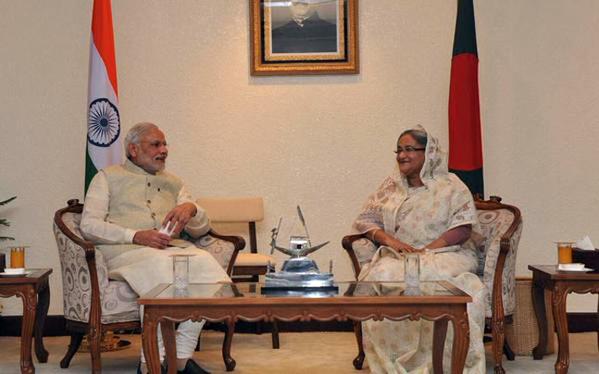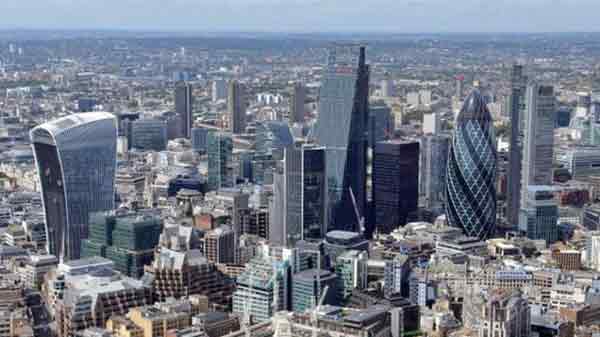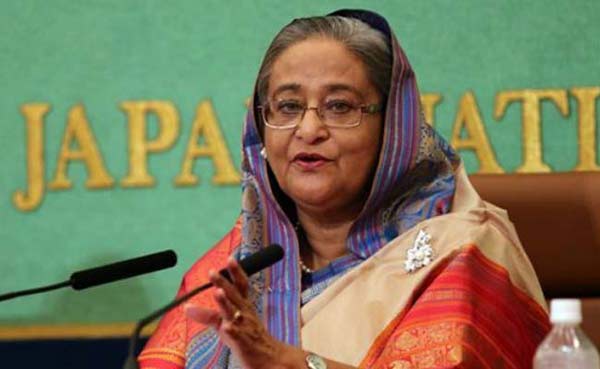New Delhi, India (BBN)-The process of enumeration of dwellers in the 6.1 km-long un-demarcated stretch of border enclaves between India and Bangladesh will be completed by Thursday (16 July) and the transfer of population will be completed by 30 November 2015.
This will be a momentous event in the history of India-Bangladesh relations as it would mark culmination of demarcation of India-Bangladesh boundary, complete with transfer of population between the two sides, reports the Firstpost.
No land purchase in the border enclaves is allowed till 31 July 2015 by when authorities from both sides expect to update their land records.
Till today (15 July) 98 percent of the affected people on both sides had exercised their option and by July 16, the last day, authorities expect 100 percent people to exercise their option.
As of now it is not known how many Indians have opted to take Bangladesh citizenship and how many Bangladeshis have opted for taking the Indian citizenship.
These details will be officially announced after the enumeration exercise gets completed.
The enumeration exercise had begun on 6 July.
As many as 75 teams of enumerators have been constituted for the purpose.
Several multi-ministerial meetings are planned by the government of India in this context and the first of these meetings is to be held in New Delhi on Thursday.
Ministries of defence and home would be part of Thursday’s meeting.
Next steps would be taken after the monsoon and camps would be set up post Durga Puja to complete the exercise and by 30 November people living in the hitherto 6.1 km-long un-demarcated stretch will be shifted.
Rehabilitation package would be decided by the state government concerned.
The process entails transfer of 111 enclaves with a total area of 17,160.63 acres to Bangladesh, while Dhaka will transfer 51 enclaves with an area of 7,110.02 acres to India. A 6.1-km undefined border stretch will finally be demarcated on completion of this exercise.
Attempts have been made to arrive at a comprehensive settlement of the land boundary between India and Bangladesh since 1947.
The Nehru-Noon agreement of 1958 and the agreement concerning the demarcation of the land boundary between India and Bangladesh and related matters of 1974 (referred to as 1974 LBA or Land Boundary Agreement) sought to find a solution to the complex nature of the border demarcation involved.
However, several outstanding issues pertaining to an un-demarcated land boundary of approximately 6.1 km, exchange of enclaves and adverse possession had thus far remained unsettled.
There are 37,000 Indians in Bangladesh and 14,000 Bangladeshis in India, according to a headcount done in 2011.
Just about five percent people are interested in moving to the other side as the people have been fully integrated at their respective places in all these decades and have land holdings, but the exact number of people wishing to switch over will be known after the enumeration is completed tomorrow.
The entire 4,096-km-long Indo-Bangladesh boundary is fully settled and resolved.
The Land Boundary Act (LBA) got the Indian parliamentary approval finally in May 2015 after it was kept hanging for 41-long years while the 40-year-old India-Bangladesh maritime dispute was resolved on 7 July when a United Nations Tribunal awarded nearly four-fifth of the maritime territory to Bangladesh giving that country control of almost 20,000 square kilometres of the disputed area that expands to 25,000 square kilometres in the Bay of Bengal.
Neither side chose to challenge the tribunal’s award.
The development will create an environment conducive to enhanced bilateral cooperation between India and Bangladesh and will result in better management and coordination of the border and strengthen our ability to deal with smuggling, illegal activities and other trans-border crimes.
Needless to say, the gains from this exercise will be strategic too as a settled boundary is an essential prerequisite for effective cross-border cooperation.
A settled boundary reduces friction, helps neighbours consolidate mutually beneficial exchanges and promotes confidence in building better relations.
The completion of the exercise will ensure that the India-Bangladesh boundary is permanently settled with no more differences in interpretation, regardless of the government in power.
This also helps on issues of security concern, including security cooperation and denial of sanctuary to elements inimical to India.
BBN/SK/AD

No Subscription? You Are Missing Out!
Join the business leaders of Bangladesh who rely on BBN's original reporting and in-depth analysis on business scenario of the country. We send only one daily email. No Spam Guaranteed!









